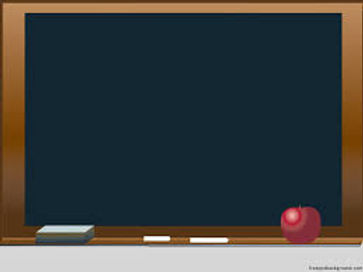
Spelling

Word Journeys by Kathy Ganske is an excellent resource for any teacher who teaches the written language of English. The book offers several assessments that provide a detailed assessment in Letter Name Spelling, Within Word Spelling, Syllable Juncture Spelling, and Derivational Constancy Spelling. Each assessment measures five specific areas within the assessed area.
Word Journeys allows the teacher the opportunity to analyze the data collected and offers instructional strategies to teach the area off weakness. Ganske does an excellent job at helping guide educators in planning appropriate instructions to help foster children’s word knowledge. This is a must-have for any educator.
• The assessments are found in the book Word Journeys written by Kathy Ganske. The book is easily found on different websites for purchase; cost average $33 for the second edition.
• This can be used as a formal, formative or summative assessment
• The targeted age is Kindergarten through High School
• The assessment measures the student's ability to understand concepts about spelling.
• This assessment is conducted individually or in a group and takes approximately 10 minutes to conduct.
From the Nineteenth Mental Measurements Yearbook by Carlson, Geisinger, and Jonson
Title: Decoding and Spelling Proficiency Test-Revised. (DSPT-R)
Author: Michael Milone and John Arena
Publisher: Academic Therapy Publications
Publication Date: 1982-2010
Purpose: Designed to provide “a detailed profile of critical literacy skills that underlie reading and spelling.”
Test Categories: “The current version is a revision of the Diagnostic Spelling Potential test.” The four parts can be administered separately or in conjunction with one another.
Population: ages 6-25
Administration: Group
Time: Administration time 25-40 minutes
The DSPT-R is a norm-referenced test that includes individual and group test of printed word recognition and spelling for use with children as young as the age of 6 and as old as 25. The test uses four parts: Decoding, Visual Recognition, Auditory-Visual Recognition, and Spelling from Dictation. Each section contains 90 questions and is designed to allow students easy of navigation based on their ability level. The review of the DSPT-R identifies two of the sections, the word reading and spelling, as high reliabilities and would presumably compare well with others. The Visual and Visual – Auditory Recognition test are not considered reliable.
References
Ganske, K. (2000). Word Journeys. New York: The Guilford Press.
Janet F. Carlson, K. F. (2014). The Nineteenth Mental Measurements Yearbook. Lincoln: University of Nebraska Press.


